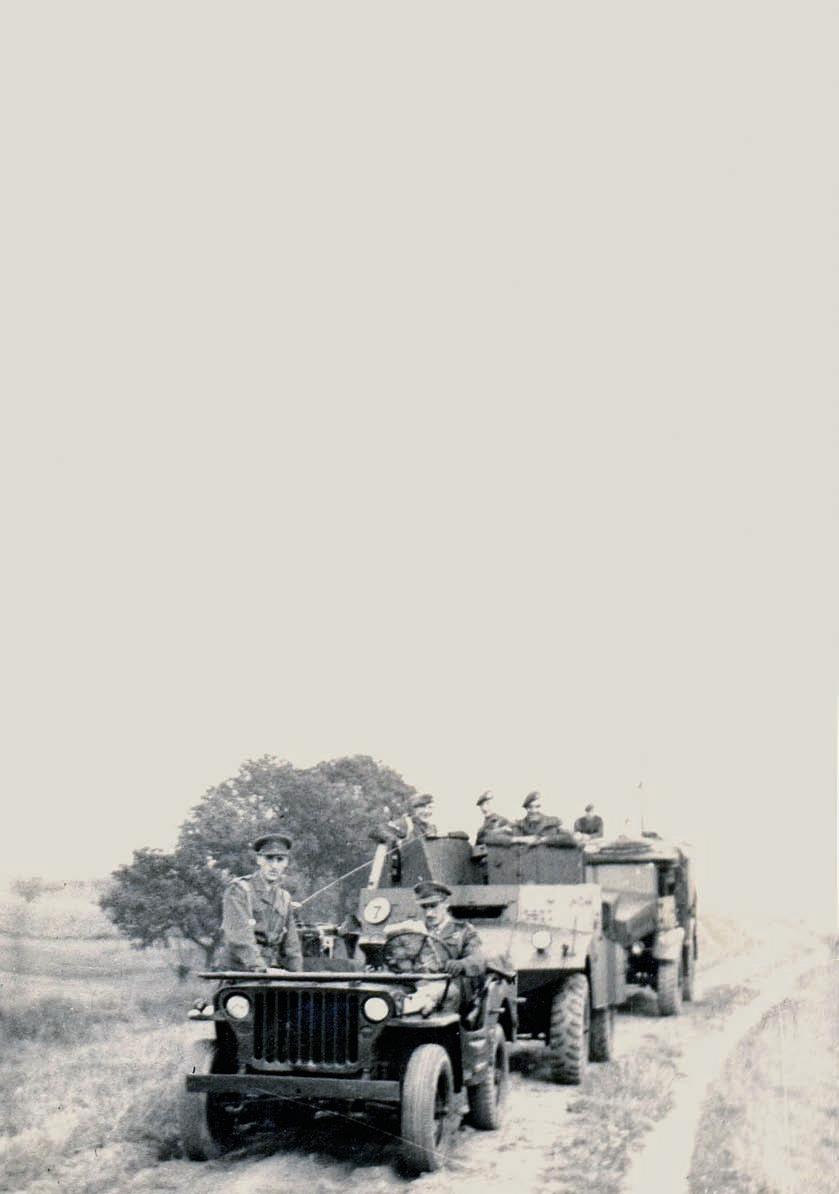
6 minute read
Picture Perfect
from ONA 92
Will Nicholls (06-13) describes his passion for photography and his trip to Cambodia.
Above: Will’s award-winning photo earning him the title Young British Wildlife Photographer, under 18 category winner: Red Squirrel, Kielder Forest, Northumberland Below: Immature Little Owl W hen I first joined the RGS in 2007, I had just moved from Newcastle to the Northumberland countryside. The move into a more rural setting left me surrounded by the natural world, making a welcome change from the pub I used to live opposite. It is not surprising then that I quickly developed an interest in wildlife, and subsequently wildlife photography.
Advertisement
Having managed to buy myself a very basic camera, I began to take photos of everything I could see around me. At the time I thought my photos were fantastic, but in fact they were very poor! Luckily, I didn’t think that at the time, and continued to snap away whenever I could. Kielder Forest is not too far from where I live, and I used to make regular trips to the hide there to photograph the red squirrels. This endangered mammal is extremely popular nowadays in the UK, and I was privileged to be able to take photos of them regularly.
Once my photography had improved, I was encouraged to enter the British Wildlife Photography Awards in 2009. This was the first year the competition had run, and it is now an extremely prestigious event in the wildlife photography calendar. To my amazement, I was awarded the title of Young British Wildlife Photographer of the Year! At the time, I wasn’t keen on the image that won me the award, and it was my parents that made sure I entered it.
With my confidence boosted, I knew that photography was something I should definitely stick at. It is a great hobby, as it gives you a perfect excuse to get outdoors and get fresh air. Nowadays, my hobby has turned into a profession. I have been involved in the business side of my photography for around six years, but I would class myself as a professional for the last three or four years.
I have known for a while that this is the field I wish to remain in for the rest of my life. My ambitions are to become a natural history documentary film-maker and presenter. Of course, this is a very competitive field, but someone has to do it! I love the natural world, and so I am studying Zoology at the University of Exeter. Gaining a scientific background to back up the observations I make in the field is ideal for getting into the television industry.
To further this ambition, I embarked on a solo expedition to Cambodia at the end of 2013 whilst I was on my gap year. Using connections I had made whilst networking, I managed to gain access to protected scientific sites in the forest. Cambodia has the seventh fastest rate of deforestation in the world –a shocking statistic. My aim was to create a film documenting the animals there and my efforts to see them.
However, my plans were soon scuppered by the severity of the situation the country’s wildlife faces. One location I visited was a research post deep in the forest in north east Cambodia. I was based there for two weeks, with the aim of filming langurs and other primates. Unfortunately, all I could hear for the entire duration was the sound of chainsaws. The charity that was supposed to be looking after the area was employing someone who was cutting down the forest at night himself, and they were turning a blind eye to the area. I pointed this out to the director, who had given me access, but they began to panic that I had a camera and could expose the situation. So, I was quickly forced to leave the area and had to abandon that stretch of the expedition.
Why haven’t I done anything about this since? Well, if I were to somehow name and shame the organisation, they could face being kicked out of the country altogether –or so they told me –which would be very bad for the wildlife. Whilst they could be doing things a lot better it seems, no charity at all would leave a huge part of the country unprotected.
So, I moved on to a new area: the bamboo forests in central Cambodia. I accessed this area by motorbike, driving through a foot of mud or more and taking almost five hours to travel just 10 kilometres. Having never ridden a motorbike before, I am very pleased that my mum was not there to see it! Crashing the bike a few times thanks to fallen trees, rocks and steep drops left me surprisingly un-battered. This stage of the expedition consisted of myself and a forest guide moving through the forest to try and film the incredibly amazing, but dangerous, Asian Elephants. We soon came across fresh droppings from an elephant, giving an encouraging sign for the next week to come. We lived in the forest, sleeping in hammocks between the trees and falling asleep to the sound of elephants calling through the night over many kilometres. I quickly picked up some of the Khmer language (as my guide spoke very little English), and I could converse about the distance to the elephants. I set up motion-activated cameras at salt licks, where various animals come to benefit from the minerals in the ground, and after the first night they picked up the rear-end of an elephant! This was amazing, as it was only one kilometre from camp. I then told my guide that I wanted to track them down, despite the dangers. He agreed, and we prepared to go tracking the next day. We followed huge footprints through the mud for over four kilometres, until suddenly there was a huge roar from around 400 metres in front of us. Adrenaline began pumping, as we knew we were close. These elephants can move very fast, and the bamboo we have to spend time hacking through with machetes is no difficulty for an elephant to trample through.
We got closer, and suddenly could hear the footsteps crashing through the undergrowth in front of us. We ran silently, moving so the wind was in our favour. The guide pointed to a tree and said “rot”, which means run in Khmer. This was where we were to go if the elephants charged. Soon enough, trees began to fall and I caught glimpses of the huge backs of Asian Elephants moving through the trees. I have never seen anything so amazing! After a little time, they suddenly charged, having smelt us. Thankfully, they were running away instead of at us!
After this incredible experience, we returned to the salt lick a few days later to check the trail cameras once more. I spotted tracks just 50 metres from our hammocks, showing that the herd had moved right through our camp in the middle of the night without us knowing! The signs were looking promising for results on the cameras. To my joy, the cameras had picked up several shots of the elephant herd, including video footage of young elephants.
This expedition proved to me that exploration and natural history film-making is definitely what I want to be involved in. I love adventure and jungle environments; living amongst the sound of cicadas makes me feel at home, however weird that
Top: Film capture from a low resolution motion detector camera of young Asian Elephants Bottom: Film still of a Silvered Langur, photographed in Cambodia
may sound!






